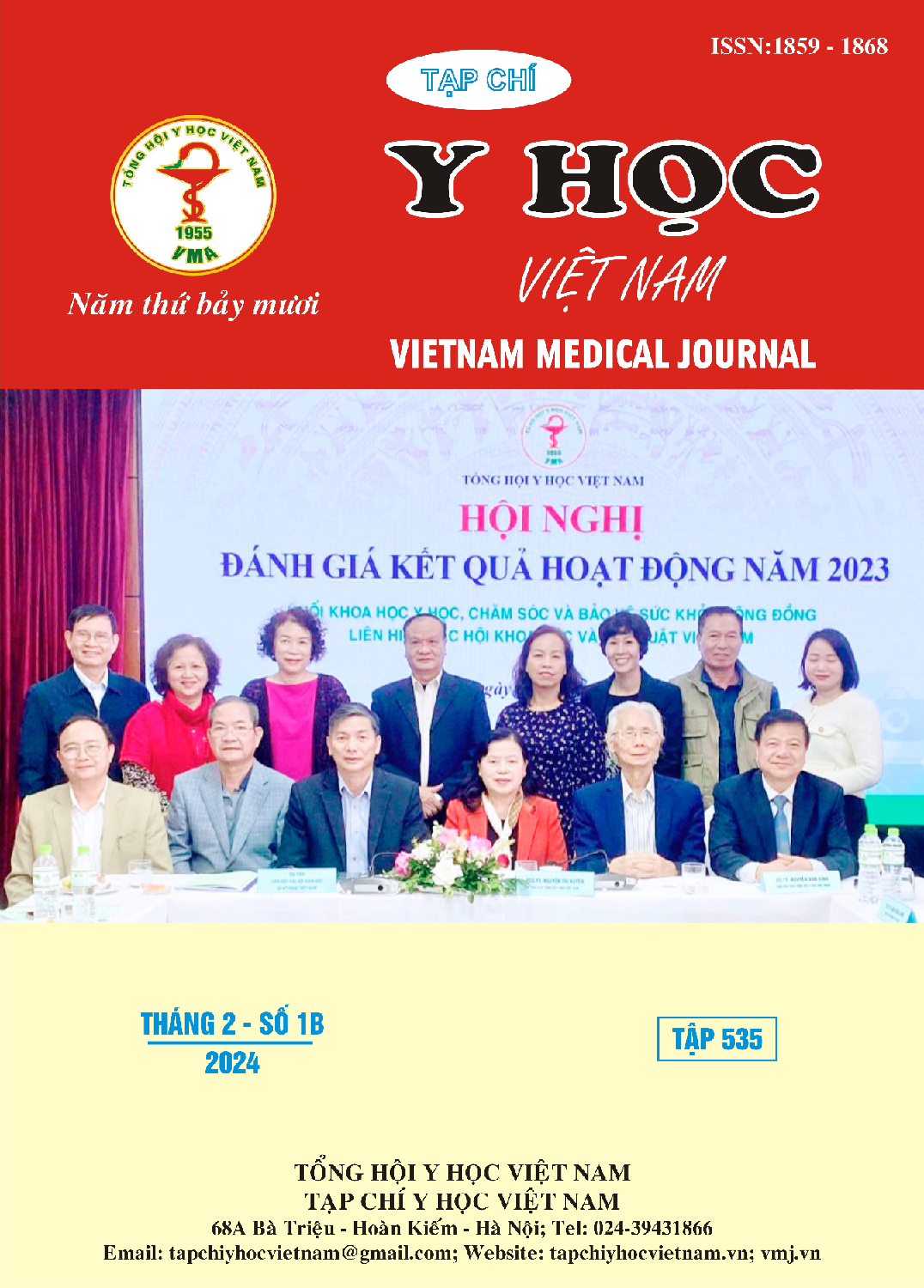EVALUATION OF STYLOID PROCESS OF THE TEMPORAL BONE BY MULTIDETECTOR COMPUTED TOMOGRAPHY
Main Article Content
Abstract
Background: The elongated styloid process, ossification of the stylohyoid ligament, or medial angulations compress on some structures surrounding it that are the causes of Eagle’s syndrome. Because treatment of Eagle’s syndrome is usually surgery to shorten the length of the styloid process, assessing the morphology of SP is very important to diagnosis and planning treatment accordingly. Objective: To evaluate the length, angulation and morphology of the styloid process by computed tomography. Methods: This study was based on CT scans taken from 208 adults (416 styloid process). All patients underwent temporal bone CT evaluation and none of them had symptoms characteristic of Eagle’s syndrome. T-test, Pearson’s correlation and chi square test were used for statistical analysis. Result: The mean length in male, female and whole study were 28.9 ± 7.04mm, 27.45 ± 6.25mm and 28.4 ± 6.8mm, respectively. There was no statistically significant difference between the length values in different sex or left and right sides of styloid process. It was determined that 39.1% of all 416 styloid processes were elongated (> 3 mm). Our results suggest that solitary styloid processes are the most frequent pattern in Vietnamese adults. Conclusions: Evaluation of the styloid process by computed tomography shows a lot of detailed information in anatomical: length, angulations, and morphology. It helps clinicians make a better diagnosis and plan treatment accordingly for patients that have a suspected elongated styloid process.
Article Details
Keywords
Styloid process, Eagle’s Syndrome
References
2. Kaufman S. M., Elzay R. P., Irish E. F. (1970), "Styloid process variation. Radiologic and clinical study". Arch Otolaryngol, 91 (5), pp. 460-3.
3. Mortellaro C., Biancucci P., Picciolo G., Vercellino V. (2002), "Eagle's syndrome: importance of a corrected diagnosis and adequate surgical treatment". J Craniofac Surg, 13 (6), pp. 755-8.
4. Patil S., Ghosh S., Vasudeva N. (2014), "Morphometric study of the styloid process of temporal bone". J Clin Diagn Res, 8 (9), pp. Ac04-6.
5. Flint P.W., Haughey B.H., Robbins K.T., Thomas J.R., et al (2014), "Cummings Otolaryngology - Head and Neck Surgery E-Book", Elsevier Health Sciences, pp.
6. Başekim C. C., Mutlu H., Güngör A., Silit E., et al (2005), "Evaluation of styloid process by three-dimensional computed tomography". Eur Radiol, 15 (1), pp. 134-9.
7. Ramadan S. U., Gokharman D., Tunçbilek I., Kacar M., et al (2007), "Assessment of the stylohoid chain by 3D-CT". Surg Radiol Anat, 29 (7), pp. 583-8.
8. Onbas O., Kantarci M., Murat Karasen R., Durur I., et al (2005), "Angulation, length, and morphology of the styloid process of the temporal bone analyzed by multidetector computed tomography". Acta Radiol, 46 (8), pp. 881-6.
9. Buyuk C., Gunduz K., Avsever H. (2018), "Morphological assessment of the stylohyoid complex variations with cone beam computed tomography in a Turkish population". Folia Morphol (Warsz), 77 (1), pp. 79-89.
10. Hettiarachchi Pvks, Jayasinghe R. M., Fonseka M. C., Jayasinghe R. D., et al (2019), "Evaluation of the styloid process in a Sri Lankan population using digital panoramic radiographs". J Oral Biol Craniofac Res, 9 (1), pp. 73-76.


